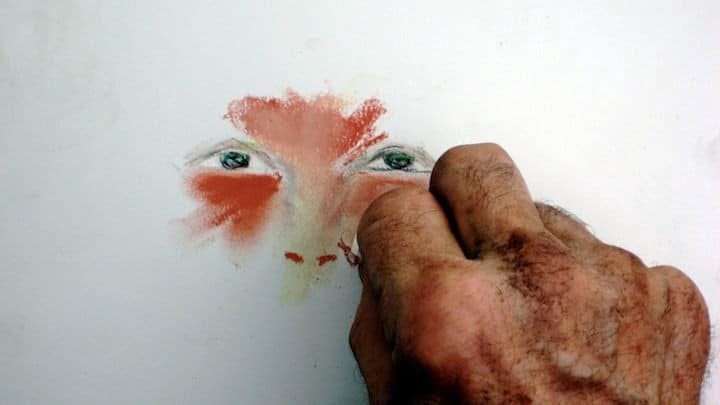‘Almost There’ is an Almost Perfect Portrait of an Artist

It’s not often that I’m glad a documentary loses my interest. Almost There is a film that benefits from having a few sluggish spots, because they allow for the sudden changes and pickups that follow to really pop. One turning point in particular didn’t just reel me back in, it made me more excited about what I was watching. Even though the twist itself …
Keep reading with a 7-day free trial
Subscribe to Nonfics to keep reading this post and get 7 days of free access to the full post archives.



